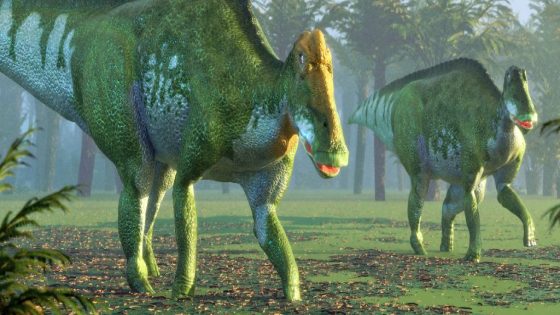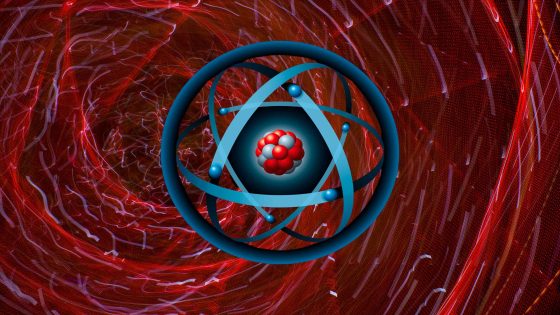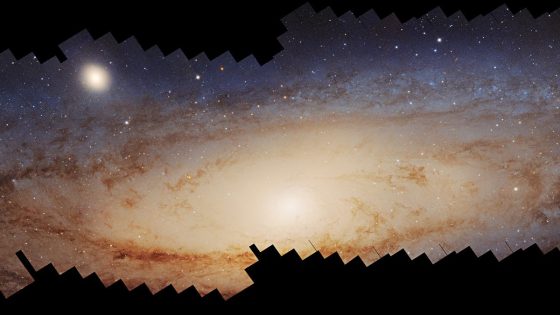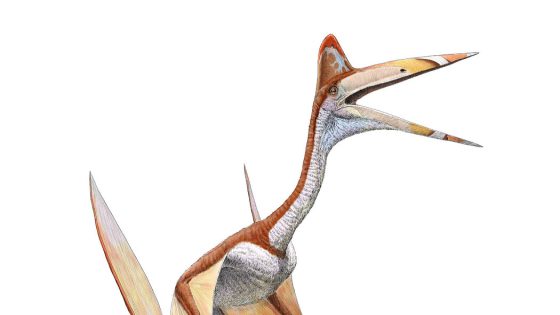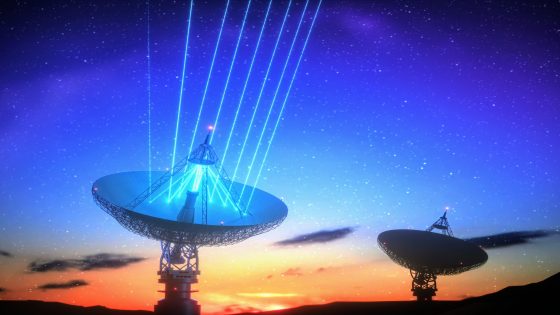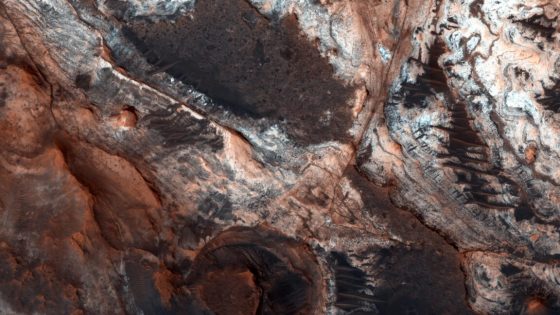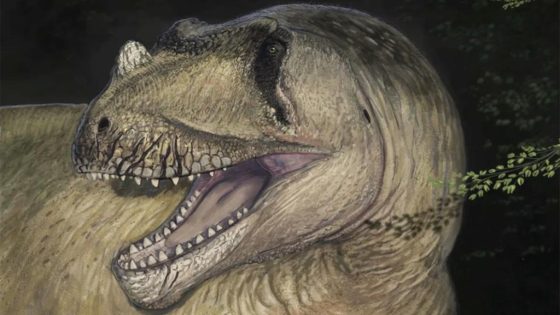Researchers have made a groundbreaking discovery: clear chemical traces of decaying collagen found in a duck-billed dinosaur fossil. This finding, reported on February 5, 2025, challenges the long-held belief that organic materials in ancient fossils are merely contaminants. Could this discovery change how we understand dinosaur biology?
- Collagen found in dinosaur fossil challenges contamination theory.
- Research conducted by University of Liverpool scientists.
- Fossil excavated from Hell Creek Formation, South Dakota.
- Decaying hydroxyproline identified as collagen building block.
- Cross-polarized light microscopy reveals fossil details.
- Study may unlock new dinosaur species connections.
The fossil, excavated from South Dakota’s Hell Creek Formation, is a well-preserved sacrum from one of the last non-avian dinosaurs. This evidence raises exciting questions about the survival of organic materials over millions of years.
How Collagen Discovery in Dinosaur Fossils Could Transform Paleontology
This remarkable discovery raises intriguing questions: What else might we find in ancient fossils? The presence of collagen suggests that some organic materials can survive fossilization, providing new insights into the biology of dinosaurs. This could lead to a deeper understanding of their evolution and relationships.
Implications of Finding Collagen in Fossils for U.S. Paleontology
The identification of collagen in this dinosaur fossil has several implications for the field of paleontology:
- Challenges the idea that organic materials in fossils are always contaminants.
- Encourages the re-examination of existing fossil collections for potential organic materials.
- Opens avenues for further research into dinosaur biology and evolution.
- Provides a new method for analyzing ancient proteins, enhancing our understanding of prehistoric life.
Understanding the Science Behind the Collagen Discovery
The research team used advanced techniques, including cross-polarized light microscopy, to identify decaying hydroxyproline, a key component of collagen. By comparing these findings with modern samples, they confirmed the ancient origin of the collagen, ruling out contamination.
Future Research Directions: What’s Next for Dinosaur Fossils?
This discovery paves the way for exciting future research. Scientists are now encouraged to revisit old fossil collections, which may contain intact collagen. This could lead to new insights into the relationships between different dinosaur species and their environments.
In conclusion, the discovery of collagen in a dinosaur fossil is a significant step forward in understanding these ancient creatures. It challenges previous notions and opens up new possibilities for research in paleontology.



